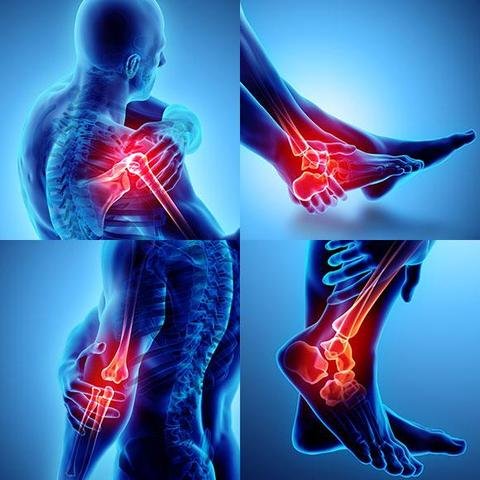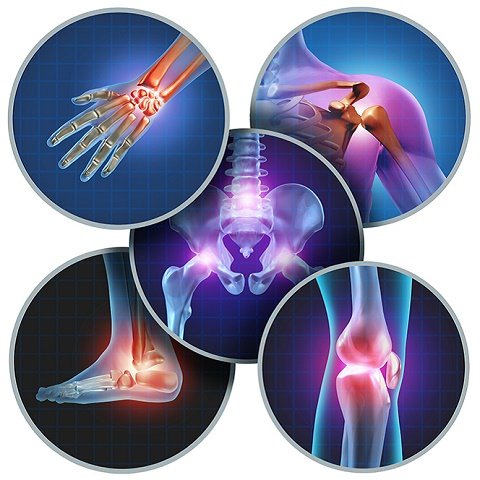Mitigate Pain Clinic – Dr Jeshnu Tople – Pain Management Specialist In Nagpur
Joint Pain
Joints Pain Treatment
The Impact of Joint Pain on Daily Life
Common Causes of Joint Pain
There are numerous causes of joint pain, each requiring a specific approach for effective treatment. Understanding these causes is essential for developing a targeted, non-surgical treatment plan. Common causes include:
- Osteoarthritis
- Rheumatoid arthritis
- Spondyloarthritis
- Bursitis
- Tendinitis
- Acute injury
- Overuse injury
- Gout
Treatments for Joint Pain
The treatment for joint pain has to be tailored according to the patient. Each patient is different and so also the treatment required can be different. There are numerous causes of joint pain. The saying ‘no one size fits all’ is apt for the treatment of pain. At Mitigate Pain Clinic, we focus on non-surgical, interventional pain management techniques to relieve joint pain.
- Medications: Medications are commonly used to manage the symptoms of joint pain, such as inflammation and discomfort. These include over-the-counter pain relievers and prescription medications. Commonly used medications are nonsteroidal anti-inflammatory drugs (NSAIDs), opioids, etc.
Joint Injections: For more persistent joint pain, corticosteroids are used traditionally but with advent of new age technology the role of corticosteroids is restricted to few conditions only. Advanced injections like platelet rich plasma (PRP), growth factor concentrate (GFC) or hyaluronic acid injections may provide significant relief. These injections are administered with the use of imaging techniques such as ultrasonography or fluoroscopy.
Platelet-Rich Plasma (PRP) and
Growth Factor Concentrate (GFC)
PRP and GFC therapy uses the patient’s own blood to promote healing within the joint. The patient’s blood is first collected and then processed to concentrate the platelets. This is rich in growth factors that aid in tissue repair and regeneration.
Benefits: – Promotes healing and tissue regeneration.
– Reduces pain and inflammation.
– Safe and minimally invasive.
● Radiofrequency ablation (RFA): RFA is an advanced technology where the sensory nerves supplying to the specific joint are ablated. This is a minimally invasive treatment and is extremely helpful to get freedom from joint pain for medium to longer duration.
● Physiotherapy: Physiotherapy plays a key role in managing joint pain by improving strength, flexibility, and range of motion. A tailored physiotherapy program will help to strengthen the muscles surrounding the affected joint, reducing pain and stiffness and improving function and flexibility
● Lifestyle Changes: Modifying daily habits can significantly reduce joint pain and improve overall joint health. Incorporating exercise, a healthy diet, and weight management into daily routine can help mitigate stress on the joints. Regular low-impact exercises like swimming or cycling are most suitable for weight bearing joints such as hips, knees and ankles.
- Surgery: Surgeries like hip replacement or knee replacement are used as a last resort. Like all other surgeries, these surgeries have their own issues like associated risks and high hospitalization and recovery times. Although at the Mitigate Pain Clinic, we do not provide surgical treatments, we do advise surgery to those patients in whom the condition can be best treated by surgery.
Conclusion


FAQs About Joint Pain and Treatment
Our Treatments
- Joint Pain
- Back Pain
- Sciatica Pain
- Neck Pain
- Hand Pain
- Shoulder Pain
- Foot & Ankle Pain
- Limb Pain
- CRPS Pain
- Cancer Pain
- Headache
- Hyperhidrosis
- Herpes Zoster Pain
- Chronic Pelvic Pain
- Scar Tenderness
- Postherpetic Neuralgia
- Trigeminal Neuralgia
- Peripheral Neuralgia
- Chronic Vascular Pain
- Generalised Body Pain
- Chronic Injury Pain
- Failed Back Surgery Syndrome
- Chronic Post Surgical Pain
- Other Painful Conditions
- Slipped DISC / PIVD